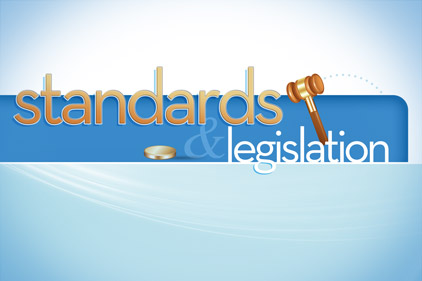WASHINGTON — Governors and lawmakers in state capitals across the nation continue to take major steps to lower energy costs, reduce pollution, and save consumers money by increasing their states’ energy efficiency, according to the findings of the eighth edition of the State Energy Efficiency Scorecard, which was recently released by the American Council for an Energy-Efficient Economy (ACEEE).
The report declared Massachusetts as the most energy-efficient state in the nation for the fourth year in a row, narrowly edging out California. Rounding out the top 10 are: Rhode Island, Oregon, and Vermont, which are all tied for third place; Connecticut; New York; Washington; Maryland; and Minnesota.
Arkansas; Washington, District of Columbia; Kentucky; and Wisconsin showed the greatest energy-efficiency improvements in 2014, according to the report. Arkansas pushed forward with strong utility programs as its budgets for electric efficiency programs increased 30 percent between 2012 and 2013, and electricity savings more than tripled. Washington, District of Columbia, and Wisconsin also saw upticks in energy savings. Kentucky took notable steps to adopt a more efficient commercial building energy code.
The report also found the five states most in need of improvement on energy efficiency in 2014 are North Dakota, Wyoming, South Dakota, Mississippi, and Alaska.
A total of 23 states fell in the energy-efficiency rankings in 2014. Indiana dropped 13 spots, due in part to state legislators’ decision to eliminate the state’s long-term energy savings goals. Legislators in Ohio made a similar decision to freeze and substantially weaken its energy-efficiency resource standard (EERS), contributing to a seven-spot drop in the rankings.
States that enforce and adequately fund an EERS drive investments in utility-sector energy-efficiency programs. The states with the most aggressive savings targets include Arizona, Massachusetts, and Rhode Island.
“More and more governors and state lawmakers understand they have a choice: Do nothing as costly energy is wasted or take action by creating incentives to waste less energy,” said Maggie Molina, director or utilities, state, and local policy, ACEEE. “Smart energy-efficiency choices maintain the same comfort, convenience, and quality of life consumers want and expect. Energy efficiency is also good for business. State action on energy efficiency improves bottom lines, drives investment across all sectors of the economy, creates jobs, and offsets the environmental harms created by the energy production system.”
The State Energy Efficiency Score card benchmarks states across six policy areas: utility policies and programs, transportation initiatives, building energy codes, combined heat and power development, state government-led initiatives, and state-level appliance standards. In total, states are scored on more than 30 individual metrics. Data is collected from publicly available sources and vetted by state energy offices and public utility commissions.
“The State Scorecard provides an annual benchmark of the progress of state energy-efficiency policies and programs,” said Annie Gilleo, state policy research analyst, ACEEE, and lead author of the 2014 State Energy Efficiency Scorecard. “It encourages states to continue strengthening their efficiency commitments in order to promote economic growth, secure environmental benefits, and increase their communities’ resilience in the face of the uncertain cost and supply of the energy resources on which they depend. The State Scorecard offers a toolkit that policymakers can use to increase energy savings in their state.”
Information courtesy of the American Council for an Energy-Efficient Economy (ACEEE). For more information, visit www.aceee.org.
Publication date: 11/17/2014
Want more HVAC industry news and information? Join The NEWS on Facebook, Twitter, and LinkedIn today!


Report Abusive Comment